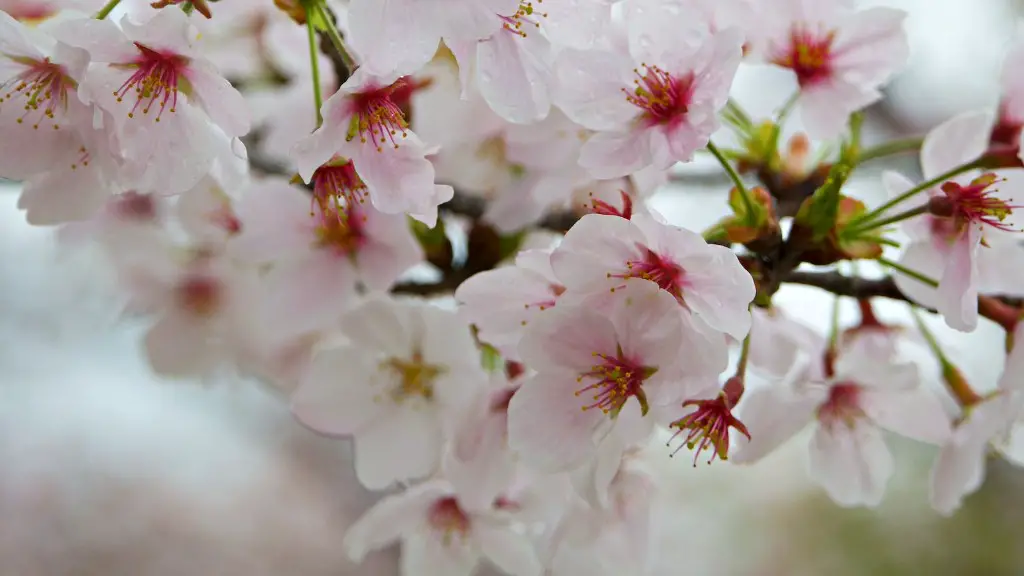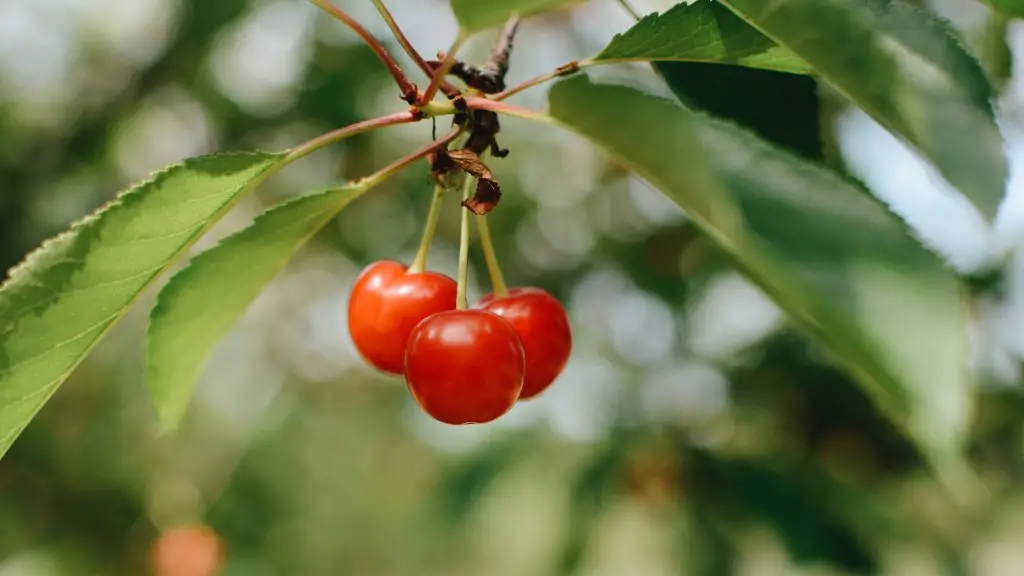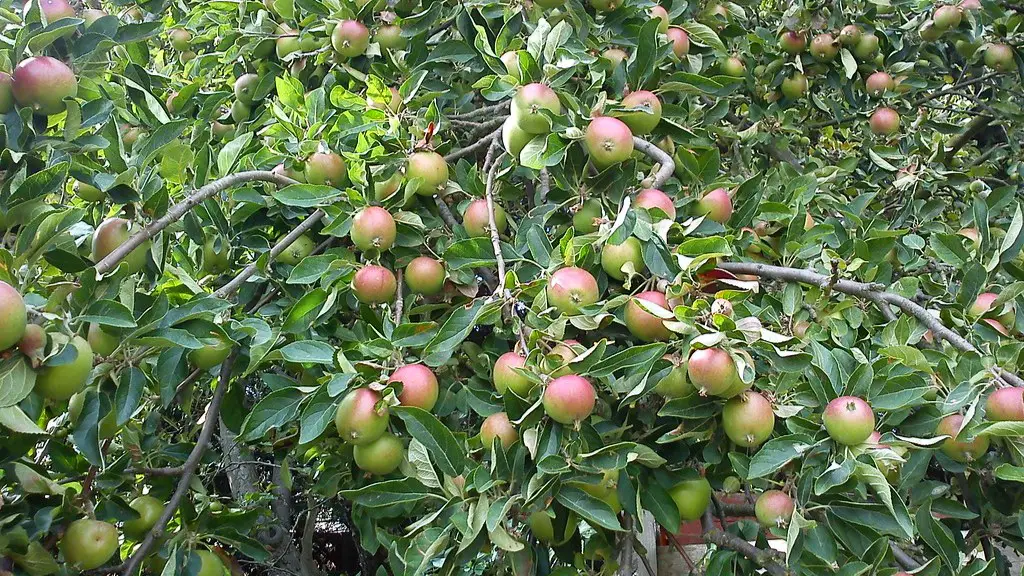How Old Is My Cherry Tree?
Accurately determining the age of a cherry tree isn’t an exact science. To estimate the age of a cherry tree, you need to consider factors like a tree’s height and circumference, its trunk appearance, nearby trees and the ring count that you can do after cutting the tree.
Tree Height and Circumference
One of the ways to guess the age of a cherry tree is to measure the height and circumference of the trunk. The height and circumference of the tree increase as the tree matures and can be used as a rough estimate of its age. However, this method of estimating age won’t be accurate for trees that have been pruned or those in the shade of larger trees.
Appearance of the Trunk
Examining the trunk can also help you estimate the age of a cherry tree. As the tree grows older, its bark thickens and may develop large ridges and furrows. The more pronounced the ridges and furrows, the older the tree is likely to be. If a cherry tree has bark that’s peeling away in large pieces, it’s probably an older tree.
Nearby Trees
Observing other trees in the vicinity can help you get an idea of the age of your cherry tree. For example, if there’s an old oak or maple nearby, you can assume that your cherry tree isn’t much younger than it.
Ring Counting
Ring counting is the most accurate way to estimate the age of a cherry tree. To count the rings, you need to cut down the tree and take a cross-sectional sample of the trunk. To cut the tree, you need to get permission from local authorities and hire a professional arborist to do it safely and properly.
Tree Nurse
To help your cherry tree reach its full potential at every age, you need to provide it with enough sunlight, water, and nutrients. Investing in professional tree services like tree pruning and tree trimming can be beneficial, as they can help remove any dead or infected branches and ensure your cherry tree gets plenty of sun and air.
Pruning and Fertilization
Pruning and regular fertilization can help maintain tree health and vigor. Pruning helps to keep the tree shapely while removing dead branches and diseased branches, while fertilization helps replenish the soil with essential nutrients and minerals.
Watering and Mulching
Watering and mulching are essential for maintaining a cherry tree’s health. Water helps the roots take up nutrients and helps keep the leaves nourished and healthy. Mulch helps suppress weeds, protect the roots from temperature changes, and retain moisture levels.
Identifying Pests and Diseases
It’s important to be vigilant when it comes to identifying and treating pests and diseases. Trees can be vulnerable to a range of pests, including aphids, scale insects and borers. Disease management is also important, as cherry trees are prone to a range of fungal diseases like brown rot and powdery mildew.
Compost and Weed Control
Compost and weed control are important for maintaining the health and vigor of your cherry tree. Organic compost helps add essential nutrients and minerals to the soil. Weed control helps ensure the tree isn’t competing with weeds for resources and helps maintain a healthy root system.
Proper Planting
When planting a cherry tree, it’s important to plant it at the proper depth and in a well-draining soil. The soil should have a pH between 6.5 and 8.0 for the tree to thrive. A sunny location is best for cherry trees, as they need at least 6 hours of sunlight a day.
Timing Pruning and Fertilizing
Timing is key when it comes to pruning and fertilizing your cherry tree. Pruning for structure should take place in late winter or early spring before the new growth appears on the tree. Fertilizing should generally take place at the same time as pruning, but your local extension office can provide guidance on the amount and type of fertilizer suitable for your cherry tree.
Mulching and Watering
Mulching and watering help maintain your cherry tree’s health. During dry weather, it’s important to regularly water your cherry tree to keep the soil moist. Mulching helps retain soil moisture and reduce water evaporation.
Pest Control
To make sure your cherry tree stays healthy, you need to regularly inspect it for signs of pests and diseases. If you notice any signs of infestations, act quickly and use suitable pest control methods. You can also consider using beneficial insects like ladybugs, lacewings and ground beetles to reduce the number of pests on your tree.
Nutrient Deficiency Symptoms
If your cherry tree shows signs of nutrient deficiency, such as yellowing leaves and stunted growth, it’s important to identify the cause and take action. Nutrient deficiency symptoms can vary depending on the type of nutrient deficiency; for example, magnesium deficiency causes yellow spots on leaves while nitrogen deficiency causes yellowing of young leaves.
Regular Inspections and Professional Care
To help your cherry tree reach its full potential, it’s important to have it inspected regularly by a qualified arborist. A professional arborist can assess the tree’s health and provide treatments and advice to help it thrive.




